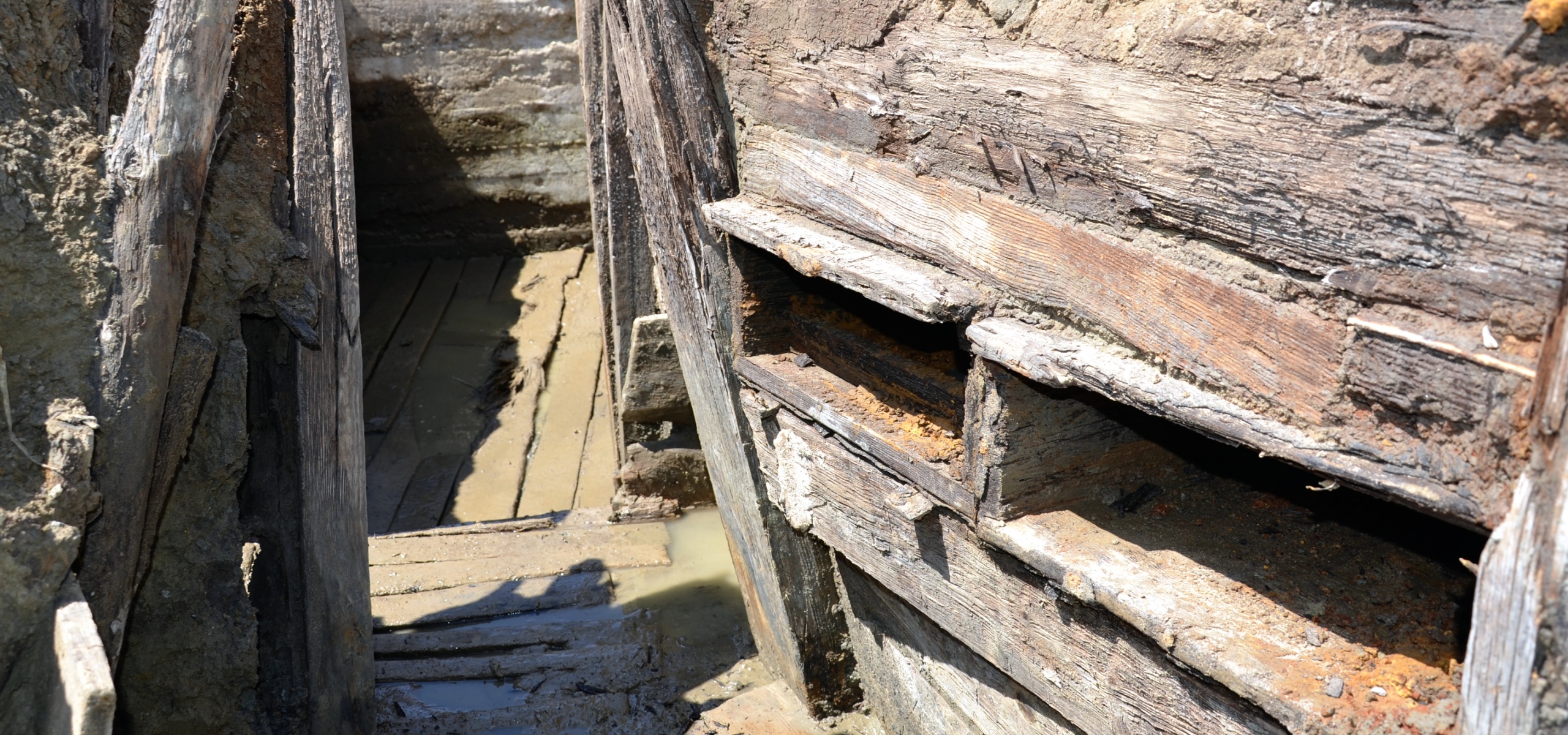The archaeology of warfare encompasses much of human history and extends to all corners of the globe. Although war has been a recurring theme across cultures, few individual wars remain fresh, scars on society’s collective memory. World War One, deemed the “Great War,” is one such instance where a combination of time, place, and scale culminate in an event of far reaching proportions. The soldiers who fought left behind records in letters, journals, and even art, but their legacy continues on a larger scale.
The battle of Messines led up to the much larger battle of Ypres. At Messines, the men worked for approximately 18 months preparing fortifications, and in the actual battle there were close to a total of 50,000 casualties and injuries. What makes this site of particular interest lies not on the battlefield, but rather at the Brocton and Rugeley training camps, located in England. During the war, these facilities were used to train allied troops but also to house prisoners of war. These camps are, of late, the focus of an Archaeological investigation focused on a specific area, known as Cannock Chase, which since the war has become overgrown from disuse. Under this reclaimed field lies the remnants of a large-scale construction project.

An actual trench from Messines
Built by soldiers with a great deal of labor from prisoners of war, the trench system at Cannock Chase perfectly matches that of Messines in 1917. The only difference is the location and size. Why, during a war, would allied forces spend time constructing a scale model of a battlefield that was subject to change at any minute? This seems a tactic of little use in today’s age of urban warfare, but in its time Cannock Chase served several important duties. First and foremost, they served as invaluable training tools for new infantry forces. The fighting at Messines stretched out over several years, and during that time trenches changed sides and forces shuffled across a barren wasteland. By using these model trenches, officers were able to prepare their troops for the exact environment they would soon face. The trenches were quite literally a chessboard where officers could safely shuffle troops about, practicing maneuvers and attempting new tactics. By training in these trenches, soldiers also became accustomed to the lay of the battlefield at Messines before they set foot in the actual war zone.

Part of Brocton and Rugeley Camps where the trenches are located
What can this site tell anthropologists about warfare? Well the answer is not quite clear yet, but with the mapping and excavation these fortifications should yield insight into the daily life both of prisoners of war but also the allied forces preparing to enter the real trenches. It is hoped that this model will help historians and archaeologists learn more about the actual battlefield at Messines, for the site at Cannock Chase remained largely unoccupied and undisturbed after the war. Until the investigation is complete, these trenches remain another of conflict covered up by time, with the promise of new information in store for those studying the site.
Sources:
1.http://www.dailymail.co.uk/news/article-2408820/Archaeologicial-dig-begins-unearth-scale-model-World-War-Ones-bloodiest-battlefields-created-survivors-Staffordshire-field.html?ito=feeds-newsxml
2.http://www.staffspasttrack.org.uk/exhibit/chasecamps/archaeology.htm
3.http://www.firstworldwar.com/battles/messines.htm
Pictures:
1.http://ww1revisited.com/2014/02/21/ww1-german-trench-messines/
2.http://www.pasthorizonspr.com/wp-content/uploads/2013/03/Messinesheader.jpg
For More Information:
1.firstworldwar.com
2.ww1revisited.com


